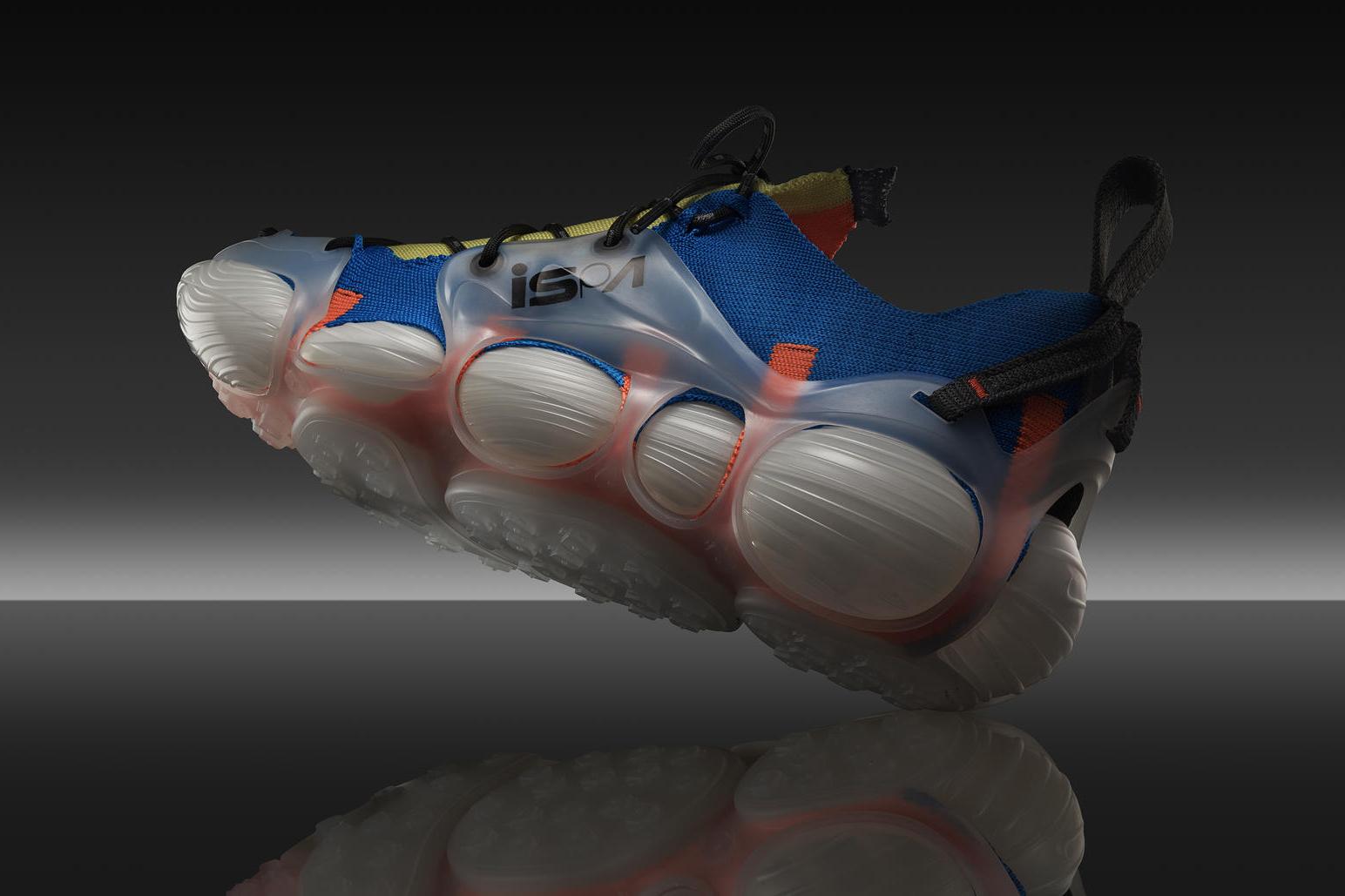Conscious Kicks Are a Part of Nike’s Next Nature
As current eco achievements in their space inform future catalysts of environmental protection, the brand’s 50th anniversary is the perfect occasion to announce their latest boundary-pushing design and future-proofing of old favourites. Let’s take a peek at how advancing past 50 is actually a Move To Zero.
Move To Zero
Move To Zero is an ambitiously attainable goal Nike have set themselves: achieve a zero carbon and zero waste future. As the world’s largest athletic footwear and apparel company, the Swoosh have the potential to instigate the most tangible change and positive environmental impact at incomparable scale. They’ve pioneered measures, like recycled content aka Nike Grind, for decades; and steps are being taken across the entire production process to effectively reduce waste by not creating it in the first place. Below are just some of the latest (and most classic) designs contributing to Nike’s Move to Zero goal.
Explore more of the Swoosh’s next 50 years by visiting Nike.
